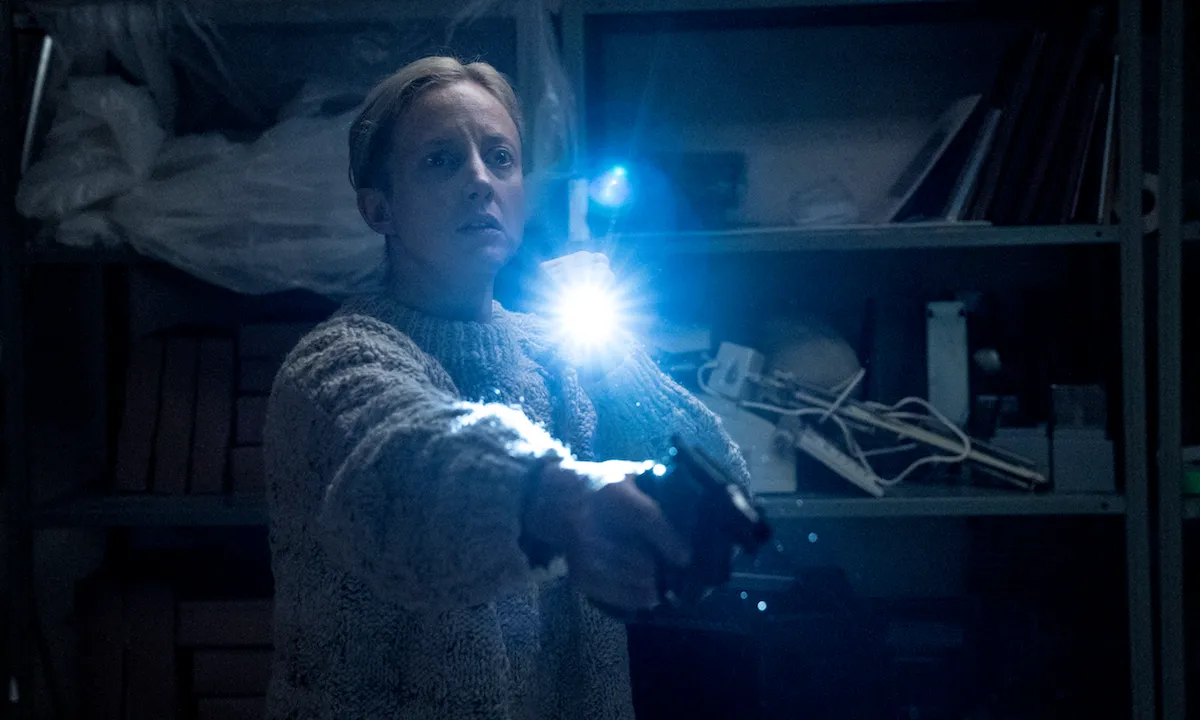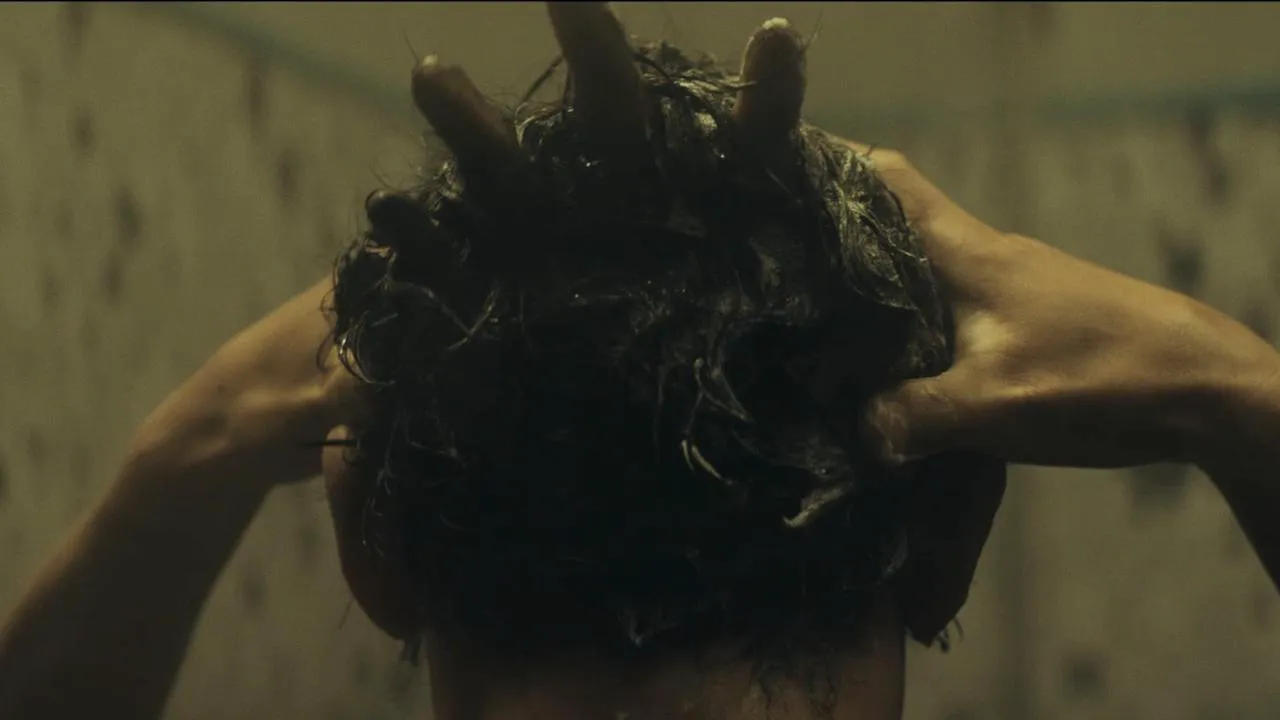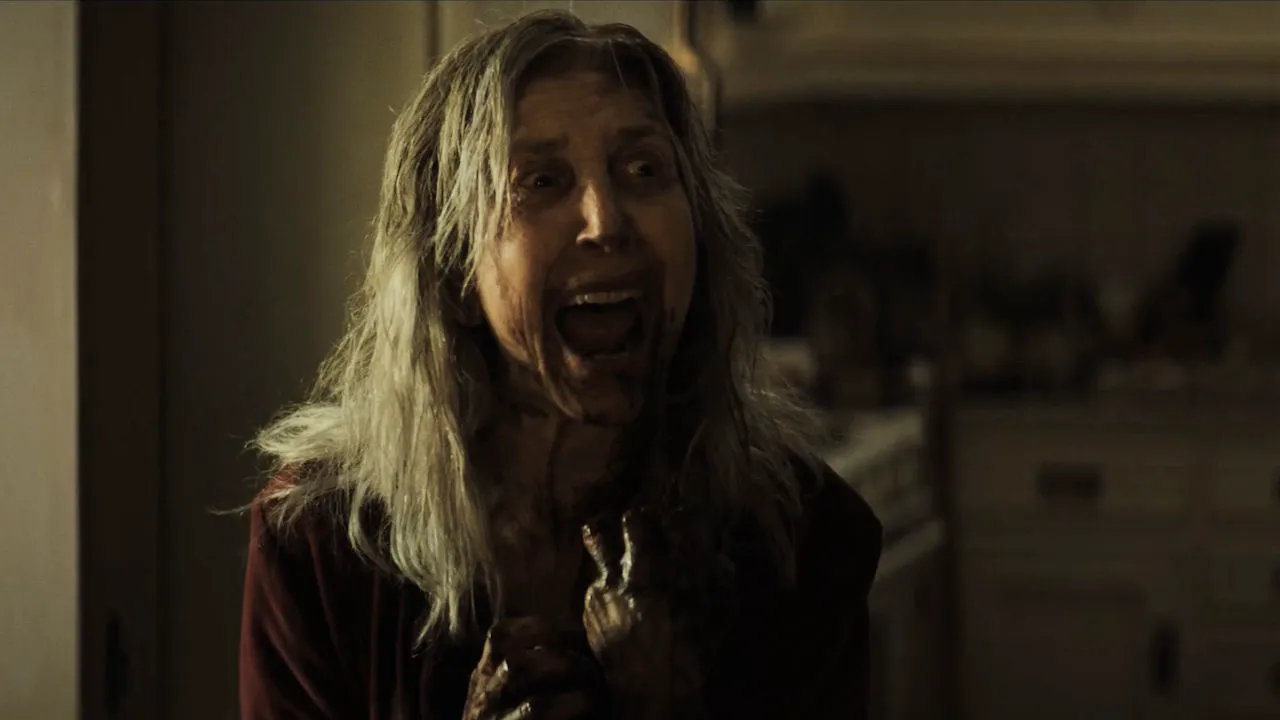“When someone dies in the grip of a powerful rage, a curse is born. It festers where the tragedy occurred, consuming anyone who dares to cross its threshold.” This chilling axiom, deeply ingrained in Takashi Shimizu’s classic Japanese franchise, is now a grim reality for the characters in the latest American reimagining. A wave of terrifying murders, all linked to a malevolent house, has engulfed a tranquil Pennsylvania suburb. Detective Muldoon, a recent widow who relocated to the area with her son, launches her own investigation, unwittingly inviting the very curse that has decimated countless families.

The Perils of Adaptation: A Recurring Nightmare
American cinema has a checkered past with adapting Asian horror films. The issue isn’t some supernatural Japanese curse, but rather the often-stereotypical lens through which these stories are viewed. Remake creators often feel compelled to over-explain the inexplicable and force Eastern narratives into Western molds. A prime example is the American “Pulse,” which favored cheap jump scares over the sinister mystery and complex social commentary of Kiyoshi Kurosawa’s original. “The Grudge,” however, had a somewhat smoother transition. In 2004 and 2006, Takashi Shimizu himself adapted his story for American audiences, with varying degrees of success. After a disastrous third installment in 2008, the remake cycle mercifully ended. But as we know, monsters always find a way to return. This time, however, the circumstances are different.

A New Vision?
Instead of a seasoned “Grudge” expert, Nicholas Pesce (“The Eyes of My Mother,” “Piercing”) takes the helm. He’s a genre aficionado with a penchant for stylization and a touch of postmodern irony. Pesce excels at reviving retro aesthetics and breathing new life into seemingly exhausted forms. This skill seemed particularly well-suited for the “Grudge” franchise, which has undergone countless iterations.
However, Pesce’s approach this time is surprisingly restrained. The remake treads carefully along the well-worn paths of its predecessors, adhering to the classic cyclical structure: multiple families, each suffering from the curse, find their stories intertwined as they desperately (and futilely) try to escape their grim fate. While Detective Muldoon takes center stage, her investigation constantly flashes back and forth between 2004 and 2006, revealing the stories of other characters who dared to cross the threshold of the cursed house.

Familiar Terrors, Familiar Traps
Structurally and formally, this is the same “Grudge” that has been trying to terrorize audiences for over a decade with its predictable tropes: the guttural death rattle, the shadowy figures, and the inescapable sense of doom. It’s also surprisingly graphic. Unlike many of his colleagues whose adaptations suffered from PG-13 ratings, Pesce doesn’t shy away from brutal murders and disturbing scenes. His most notable addition is an unusual warm color filter, which makes the American suburbia of the 2000s (especially the interior settings) look eerily inviting, even in the most horrific moments.
Lost in Translation?
Ultimately, Pesce’s “The Grudge” desperately lacks a unique perspective. Too often, he simply replicates classic tropes and echoes the original. In the worst instances, he resorts to uninspired jump scares. His affection for the franchise is evident in details like the recurring number four (a cursed symbol that appears on houses) and the attempt to connect the remake to the original Japanese horror (the curse spreads to the US when Fiona, the first victim, enters the infamous haunted house). But by engaging in high-quality yet ultimately derivative imitation, Pesce creates an artificially synthesized world of fear and ghosts. Even the yūrei (vengeful spirit) feels like a generic, Americanized restless soul, and the atmosphere of irrational dread is drowned out by the clichés of typical mainstream horror. “The Grudge” is too well-crafted to be a bad adaptation, but a good remake requires more than just respect for the source material.